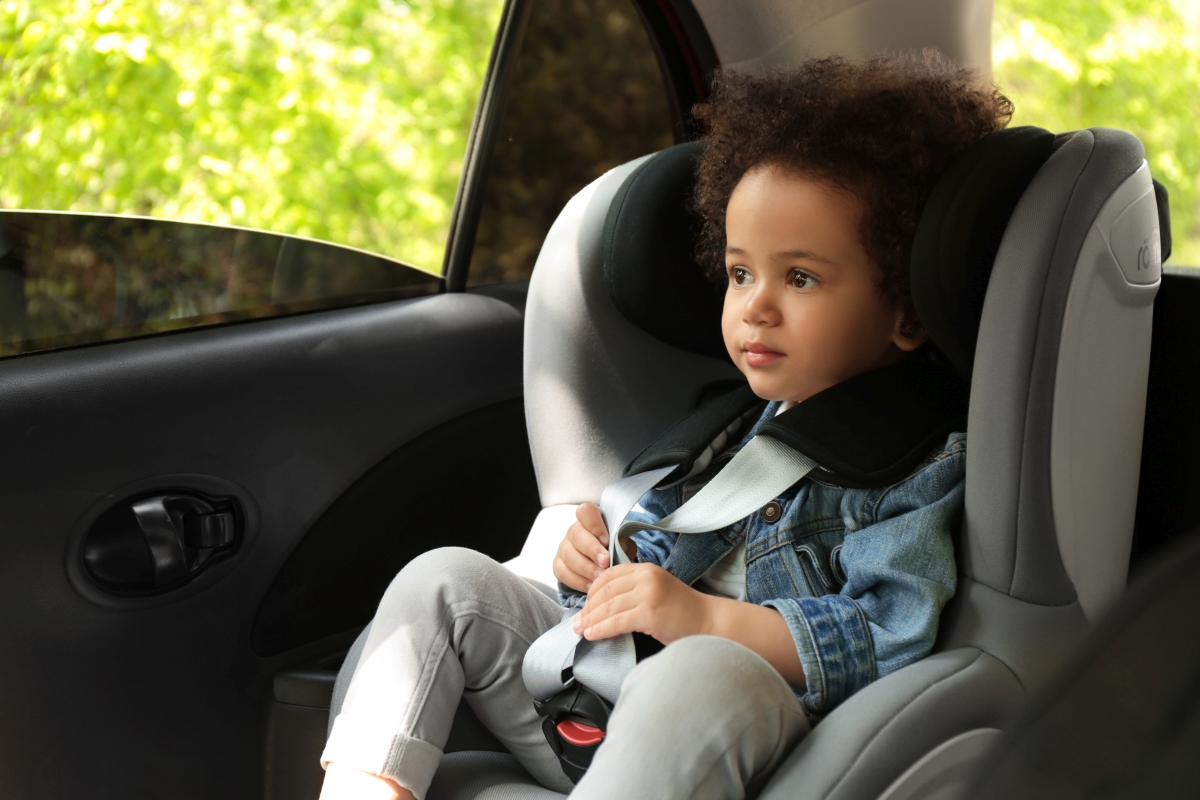Abstract: Traveling with children presents unique challenges and responsibilities, requiring careful consideration of their safety and well-being. This article addresses the importance of child safety during travel and provides a comprehensive guide to essential precautions and measures that parents and guardians should take. By exploring various aspects of child safety, from transportation to accommodation and activities, this article aims to empower families with the knowledge needed to ensure a secure and enjoyable travel experience for their children.
Introduction: Traveling with children requires a heightened awareness of potential hazards and the implementation of proactive safety measures. This article emphasizes the significance of prioritizing child safety during travel and offers practical guidance for parents and caregivers.
Transportation Safety:
- Car Seats and Seatbelts: Utilize appropriate car seats and ensure that seatbelts are properly fastened at all times when traveling by vehicle.
- Airport and Airplane Safety: Follow guidelines for carrying child safety seats on airplanes and ensure that children are securely fastened during takeoff, landing, and turbulence.
- Public Transportation: Keep a close watch on children when using buses, trains, or subways, and ensure they are safely seated or standing.
Accommodation Safety:
- Childproofing: Upon arrival, childproof the accommodation by securing electrical outlets, removing choking hazards, and ensuring windows and balconies are safely locked.
- Supervision: Maintain constant supervision of children, particularly around pools, stairs, and potentially dangerous areas.
- Emergency Exits: Familiarize yourself and your children with the location of emergency exits and escape routes in the accommodation.
Activities and Excursions:
- Research: Choose age-appropriate activities and excursions that prioritize child safety, avoiding activities with potential risks.
- Tour Operators: Select reputable tour operators with a strong safety record and adhere to their guidelines and instructions.
- Swimming Safety: Enforce swimming rules, provide appropriate flotation devices, and closely supervise children when swimming.
Health and Well-Being:
- Medical Kit: Carry a well-stocked medical kit containing essential medications, first aid supplies, and any necessary medical documents.
- Hygiene Practices: Encourage proper hygiene practices, including frequent handwashing and the use of hand sanitizers.
- Sun Protection: Apply sunscreen, provide hats and sunglasses, and seek shade to protect children from sunburn and heat-related issues.
Emergency Preparedness:
- Emergency Contact Information: Carry a list of emergency contacts, including local medical facilities and the nearest embassy or consulate.
- Communication: Establish a clear communication plan with older children, ensuring they know what to do in case they become separated from the group.
Child safety is a paramount concern during travel, necessitating careful planning, supervision, and preparation. By adhering to transportation safety guidelines, childproofing accommodations, selecting appropriate activities, prioritizing health and well-being, and being prepared for emergencies, parents and guardians can ensure a secure and enjoyable travel experience for their children. By combining vigilance with informed decision-making, families can create lasting memories while safeguarding the well-being of their youngest travelers.
Ensuring Child Safety in the Car: Essential Guidelines for Parents
Abstract: Traveling with children in a car requires special attention to their safety and well-being. This article outlines crucial guidelines for parents to follow when driving with children, including the proper use of car seats, seatbelts, and other safety measures. By emphasizing the importance of child safety during car journeys, this article aims to empower parents with the knowledge needed to ensure a secure and comfortable travel experience for their children.
Introduction: Transporting children in a car demands careful adherence to safety practices. This article highlights the significance of prioritizing child safety while driving and provides practical guidance for parents to create a safe environment for their children.
Proper Use of Car Seats:
- Selecting the Right Car Seat: Choose a car seat that is appropriate for your child’s age, weight, and height. Follow manufacturer guidelines and recommendations.
- Rear-Facing Seats: Infants and toddlers should be placed in rear-facing car seats, as they offer optimal protection for their developing bodies.
- Forward-Facing Seats: Once a child outgrows a rear-facing seat, transition to a forward-facing seat with a harness and tether.
- Booster Seats: As children grow, use booster seats to ensure that seatbelts fit properly across their chest and hips.
Seatbelt Safety:
- Correct Seatbelt Use: Teach older children how to wear seatbelts properly, making sure the lap belt lies across the upper thighs and the shoulder belt crosses the chest.
- Back Seat Priority: Always place children in the back seat, as it is the safest location in the vehicle.
Preventing Distractions:
- Focus on Driving: Minimize distractions, such as phone use or adjusting the radio, to ensure your full attention is on the road.
- Avoid Unsecured Items: Secure loose items in the car to prevent them from becoming projectiles in the event of sudden stops or collisions.
Emergency Preparedness:
- Medical Information: Keep essential medical information and contact numbers readily accessible in the car.
- Emergency Kit: Maintain an emergency kit in the car with items such as a first aid kit, water, non-perishable snacks, and blankets.
Climate and Comfort:
- Temperature Control: Ensure a comfortable temperature in the car by using air conditioning or heating as needed.
- Sun Protection: Use sunshades and apply sunscreen to protect children from direct sunlight.
Communication:
- Explain Safety Rules: Discuss the importance of seatbelt use and staying seated with older children, emphasizing the risks of unsafe behavior.
- Address Concerns: Address any fears or discomfort that children may have about car travel to create a positive experience.
Prioritizing child safety in the car is a non-negotiable responsibility for parents. By adhering to proper car seat usage, seatbelt safety, and minimizing distractions, parents can create a secure environment for their children during car journeys. By incorporating these guidelines into their routines, parents contribute to their children’s well-being and help instill lifelong habits of safe travel behavior.


